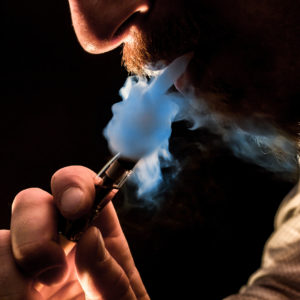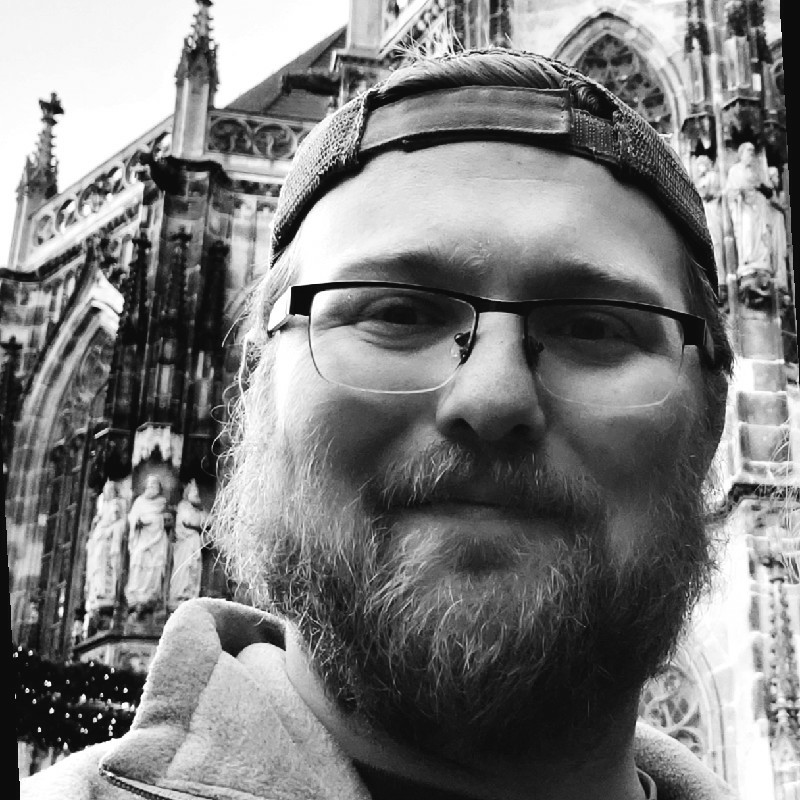South African criminologist Stanley Cohen authored the study Folk Devils and Moral Panics in 1972. Cohen examines the media controversies around the clashes between “mods” and “rockers,” two separate British youth subculture groups formed in the early 1960s. The study comments on a violent confrontation between the two groups at a beach in a Southern England seaside town in 1964. While there were cases of property damage and some non-serious injuries, there was no significant case of violence. However, newspapers and broadcast media outlets released sensationalist reports about the incident claiming that the events were far worse.
Cohen analyzed media reports and concluded that the brawl that ensued was no different from the average fights between the two subculture groups from before the 1964 incident. In turn, the conclusion Cohen reached was that the media developed the idea that the two groups “rioted” as apart of a larger epidemic of violence. The truth of this case, nonetheless, revealed that the incidents were overly exaggerated. Cohen further concluded that the media, in the case of the brawl, went through three stages to create a panic.
The first stage is “symbolization,” or the act of displaying the “folk devils” in a singular narrative with an oversimplified identity so that they are easily recognizable. The second stage is “exaggeration,” or the act of the media reporting distorted facts or fabricated information to fuel a “moral crusade” among the population. Then the final stage is “prediction,” or the act of media outlets leading the public to believe that the immoral actions of one folk devil or group of them will lead to more violence.
Once the media has applied these three stages, the public reacts similarly in five stages of a “moral panic,” as “a condition, episode, person or group of persons emerges to become defined as a threat to societal values and interests,” according to Cohen. These five stages, while paraphrased for this analysis, follow this progression:
-
Something or someone is defined as a threat to society and the social norms of the majority.
-
Media outlets then depict this threat in familiar and recognizable symbols and messages.
-
The depiction of this threat then rouses public outcry.
-
Lawmakers, regulators, and other authorities respond to the public outcry.
-
The moral panic and the resulting response from authorities causes social and economic changes to society.
Cohen’s framework of moral panic can be used to analyze the case of outrage surrounding lower-risk nicotine products like e-cigarettes. These product categories face regulatory challenges all over the world thanks to a growing trend of fear and panic questioning the efficacy of these products and the harm minimization research behind them.
The fears of vaping are associated with those regarding big tobacco companies targeting children with appealing advertising and marketing practices. This association of youth and smoking is what led the FDA to target the vaping industry for creating sweet flavors of liquid nicotine e-juices and pods. According to the agency and a plethora of one-sided research, the vaping industry targets children purposefully with fruity and dessert flavors. This couldn’t be further from the truth. For example, numbers that reveal youth vaping rates suggest a much lower calculation of prevalence and occurrence. Plus, scientific evidence shows that non-tobacco flavored e-juices and vapes are essential for smoking cessation.
Under Cohen’s framework, the act of vaping, the people who manufacture, sell, and profit from these products, and the consumers who like to vape are now considered “folk devils” that threaten societal norms. This is owed to the exponential growth of fear associated with these products brought on by regulators and advocacy groups.
In the realm of public health advocacy in the United States, nonprofit organizations such as the American Cancer Society and the American Lung Association hold an immense degree of influence over the federal government. Federal regulatory and research agencies like the FDA or Centers for Disease Control and Prevention (CDC) rely on the informed opinions of these organizations. Moreover, to further speak to that point, I have no dispute with the scientific prowess of these organizations due to their positive contributions to the fields of medicine and public health. Nonetheless, records are not always perfect. Both of these organizations, with others, are all active in advocating against alternative nicotine products that are safer than combustible cigarettes.
Since these organizations work on similar talking points and for similar outcomes, funding and support are centralized and ultimately interlinked. Add the public health regulators of the federal, state, and local governments to the mix, these organizations act as funding structures that receive and dispense funds for research, political activity, and messaging regarding the harms of nicotine products.
These nonprofits also are likely to receive “first dibs” on research grants to analyze specific topics the regulators may need to outsource. These nonprofits also provide grants to local governments through similar arrangements. In theory, these organizations could receive research monies to analyze the harms of vaping. Once this research is complete, more monies are brought in by grants from other nonprofits, government agencies, and donors to promote the one-sided “harm” message and participate in legislative and political activities to impact public policy. This promotion of a message of purely “harm” from the legislative and political spaces could come in the form of regulatory proposals that would ban certain types of lower-risk nicotine products or through political funding to support lawmakers who will vote for proposals or presidential appointees they endorse.
Input the parameters of economist Bruce Yandle’s Bootlegger-Baptist phenomenon, arrangements like this could answer questions regarding the influence and source of fear that would attribute to a moral panic. The Bootlegger-Baptist theory is defined as the “observation that regulations are supported both by groups that want the ostensible purpose of the regulation and by groups that profit from undermining that purpose.”
This is added to the analysis since these tobacco control groups and government agencies also have unlikely allies: pharmaceutical and some tobacco companies. Tobacco firms that have not diversified into e-cigarettes are likely to lose market share, and drug makers of medicinal nicotine products could lose customers due to the popular rise of a non-medical nicotine alternative. In turn, these groups will advocate for policies that would restrict competitive products forming a market cartel, of sorts. As noted with the application of Yandle’s Bootleggers-Baptists classification, the same apparatus of organizations are promoting negative messages about vaping. Any positive messaging, or disputing scientific evidence of the harm reduction benefits of these products, is quickly squashed in the media further adding to the moral panic.
Based on what has been examined, Cohen’s stages of moral panic related to the case of vaping in the United States would look something like this:
-
E-cigarettes, vapes, the industry behind them, and those who vape regularly are determined the “folk devils” by public health groups and the organizations involved in the “harm” messaging Bootleggers-Baptist coalition. FDA also contributes to this stage with the “youth epidemic” declaration.
-
Media outlets quickly pick up on the “epidemic” declaration and a slew of headlines, investigative reports, scientific studies, and other academic work confirms the “harm” messaging. This happens without any mention of the potential benefits of e-cigarettes being a safer product than combustible cigarettes. Media outlets will also report to parents about youth vaping rates and how to tell if their child is “JUUL-ing” (the slang term used among youth who vape).
(a) The news outlets will go through the three media stages: Symbolization (the epidemic), exaggeration (“vaping is killing our children”), and prediction (“vaping is big tobacco’s newest ploy with more to come”).
-
Public panic grows as parents start to create outrage groups to counter the epidemic. These groups gain the attention of the media, large tobacco control groups, lawmakers of all levels of government, and other frightened parents.
-
Groups like parent grassroots movements then begin to petition their lawmakers and elected leaders to regulate these products because of the fear associated with nicotine and the declaration of an epidemic. Governments respond with policies that include more restrictive regulations.
-
The outcries and the resulting responses from authorities to the moral panic left the society changed. The moral panic will subside, or it will continue surrounding a related issue or something entirely different.
Similar progressions under the Cohen framework can include the European Union’s ban on Swedish snus, Hong Kong’s ban on only e-cigarettes and not combustible cigarettes, and Australia’s criminalization of liquid nicotine. The main takeaway is that “moral panic” and knowing how to discharge it systematically is the common denominator to all instances of regulation and bans targeting lower-risk nicotine products.


